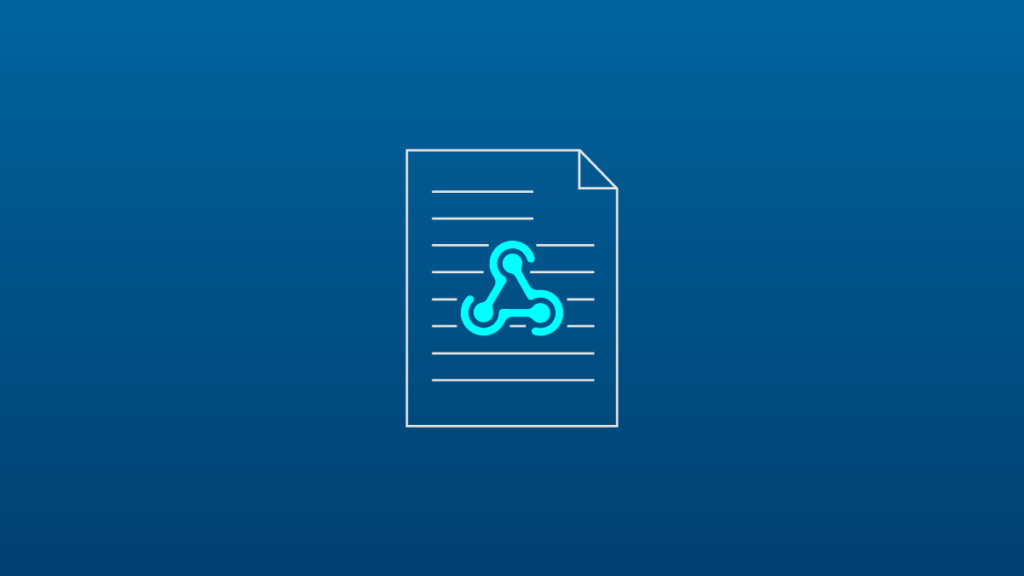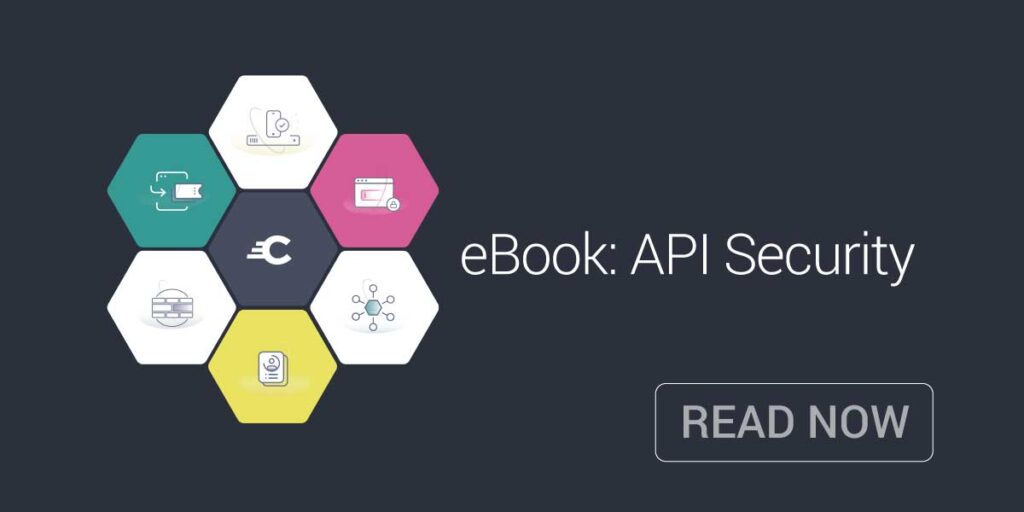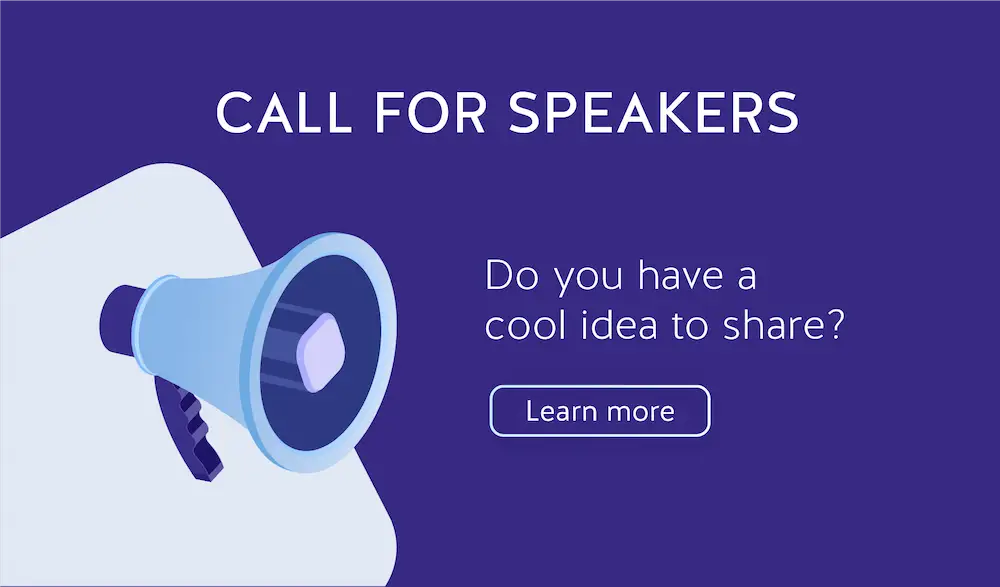Part of the difficulty of introducing any new technology is communicating how it works. Webhooks are one such technology. And while webhooks are a vital component for many implementations, they require their own approach to documentation. Below, we’ll look at some strategies for documenting webhooks effectively, so that developers understand the underlying framework and nuances of the implementation.
1. Understand the Caveats of the Paradigm
First, developers should remember that webhooks are a unique communication paradigm. A webhook is, in essence, an event-driven callback function. This differs from the typical server-client relationship in RESTful APIs, where a request is required for a response. With webhooks, a client request is not required for a server response.
This nuance means you must approach documentation from a different perspective. Whereas traditional API documentation takes a client-centric view, webhook documentation must surface more of the logic behind when an event on the server drives an update. (In other words, the documentation is more server-based than client-based.)
Additionally, webhook documentation is, generally speaking, most commonly used between machines for automation. As such, ample documentation of the internal service that results in the event trigger is also helpful. This helps set the expectations for frequency, form, and function, further communicating base form to the end user.
2. Get Users Up to Speed with Complete Documentation
Since webhooks invert much of the API interaction that users may be familiar with from REST or RPC, it’s important that the documentation provides as much info as possible to get up to speed with the implementation. What this functionally means will differ in implementation, but generally speaking, this requires ample documentation of both the client and server expectations and functions.
Generally, this includes the following:
- Security details: This includes the authentication approach and mode, the signature procedure, general security best practices, and the assumptions that were made during the creation of the security posture.
- Sample code: Provide samples of successful webhook interactions and their resultant data. This will help in error resolution and enable users to compare their own interactions with the model ones.
- Provide clear, step-by-step guides**: Pick several common use cases and generate actual requests, event triggers, and outputs. This code should be something any user can run in production, providing a shortcut for new users.
3. Provide Modalities for Testing and Replay
Documentation is not just a bunch of text on a page — documentation can, and should be, so much more. Documentation should provide mechanisms and environments where users can form their own requests and test them against code. Allowing users to take the code they just read about and implement it directly is hugely beneficial, allowing the user to quickly understand just how the underlying system works.
As they say, “show, not tell.” When users can interact with the actual code and services, they are more likely to get a firm grasp of the underlying system than if they were to just look at textual documentation. This requires some backend effort to document and surface, but in the end, it greatly benefits the developer experience.
4. Document Your Versioning Approach and Historical Changes
Versioning is vital to documentation, especially when new versions introduce breaking changes. Accordingly, documentation should provide ample versioning descriptions and changelogs and a record of documentation changes.
While specific version numbers can always be provided through mechanisms such as a version header in production, it’s important to ensure that your documentation and production code match in format. Version numbering should adopt the same system regardless of where that version is discussed to ensure that you have a continuity of communication that is easy to understand and contextualize for the end user.
We have discussed versioning previously, and all of those same best practices apply in this case. Generally, the following events should result in a new version, and should be paired with ample documentation and clarification:
* Change fields or routing after an API is released.
* Change payload structures, such as changing a variable from an integer to float, for instance.
* Remove endpoints to fix design or poor implementation of HTTP.
5. Plan for Obsolescence and Deprecation
Obsolescence and deprecation can dramatically affect the end user, so retirement plans must be well-documented. While this is a best practice for documentation in general, this is perhaps more important with webhooks due to the nature of implementation. With other API paradigms, requests are made more actively, and developers may be more aware of the service lifecycle.
For webhooks, however, the paradigm is different. Webhooks are basically the technical implementation of “don’t call us — we’ll call you.” As such, a developer user might set and forget a webhook implementation. In that scenario, the end user could be waiting for a response that will never come, forming the incorrect assumption that the server is still running, but the event has yet to occur.
Planning for changes requires some thought and approach to ensure that the end user is alerted, but ultimately, whatever the solution, it should be well-documented. Endpoints that provide the current version, uptime status, and even the lifetime status of the service can go a long way toward ensuring developers are aware of system changes.
6. Establish and Document Communication Through Webhooks
Relatedly, providing systems for the user to verify the authenticity and trustworthiness of webhook messages is important. Simple implementations, such as listing the IPs that webhook messages may be delivered from, can help a user to verify at a base level what is a true message and what is not. Additional steps, such as providing endpoints to verify the authenticity of a recent message through receipt validation, can also solve this issue.
Conclusion
Webhooks are a bit of a wild west in the tech space. As with any fresh paradigm, there is no centralized controlling authority saying that you must do X, Y, and Z. While this grants an incredible amount of freedom to developers, it also means that there is little continuity between implementation, especially between documentation of that implementation.
Accordingly, these strategies can be a strong foundation for most developers to get started by providing incredible information and clarity to their end user. Each implementation will have its own caveats, but these general tips can serve as a solid base for pretty much any implementation.
What do you think about these strategies? Is there something we missed? Let us know in the comments below!













